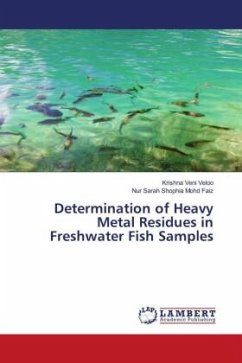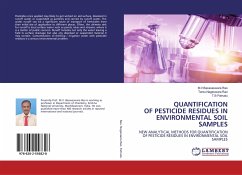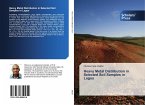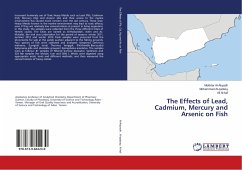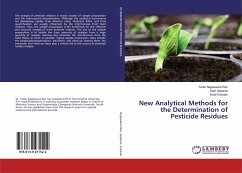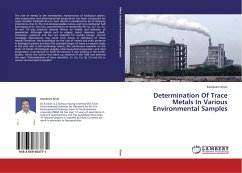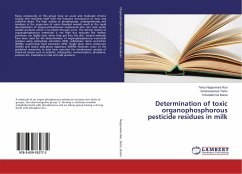Freshwater fish biodiversity is a valuable natural asset in terms of economic, cultural and scientific importance. Fish consist of good nutritional which are beneficial for the human to consume. However, the habitats of aquatic in freshwater ecosystems can be polluted by heavy metals that are hazardous for human consumption due to human activities and urbanization. The purpose of this study was to determine the concentration of Zn, Cu, Ni, Pb and Cd in the head, muscle and tail of Clarias gariepinus, Pangasius micronemus, Lates calcarifer, and Oreochromis niloticus using Atomic Absorption Spectrometer (AAS), collected from the local market in Tanah Merah, Kelantan. The highest mean concentrations of studied heavy metals in the analysed tissue of fish samples were showed in decreasing order of Zn > Pb > Cu > Ni > Cd.

